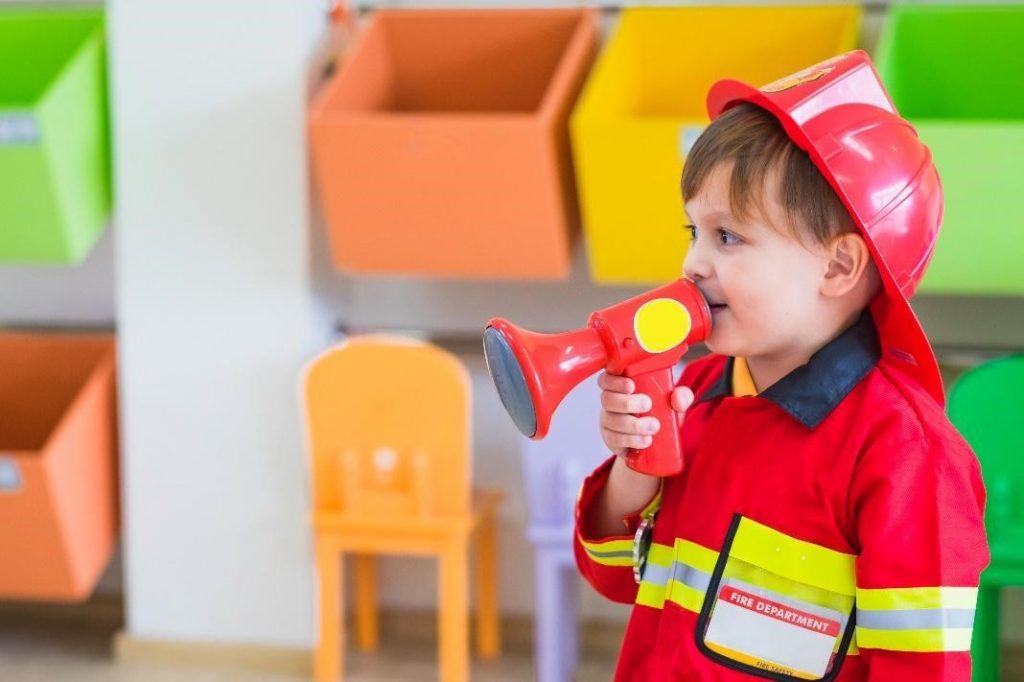Keep the children in your care safe by creating a set of procedures to follow in an emergency
Anyone who has experience working with children knows that accounting for every possible outcome is essential to your peace of mind. From minor behavioral challenges to natural catastrophes, you have been trusted to maintain a safe and nurturing environment, and the children in your care are reliant on your leadership and planning skills.
Creating a disaster plan is mandatory for many licensed providers, but it’s a wise decision regardless of regulations if you regularly have small children in your care.
Potential hazards
You’ve probably considered the basics, such as fire drills and snow days, but a comprehensive disaster plan covers every possibility, including but not limited to:
- Intruder
- Power outage
- Gas outage or leak
- Hazardous material spills
- Vehicle accident
- Fire
- Earthquake
- Snow, ice, or heavy winds
- Weather events, including tornadoes, hurricanes, and tropical storms, or blizzards
You need to decide how you would handle any emergency that could happen and have a process for program closures and communication if severe weather occurs before or after children have arrived.
Action plan
If children are in your care during an emergency, you may have to evacuate, relocate, or shelter-in-place.
Evacuation involves moving the building occupants to a secure area near the building. An effective evacuation plan involves identifying a safe spot within immediate walking distance of the facility, training assistants and substitutes to carry out the plan, and practicing the plan with children.
Relocation requires a location farther away from the child care home or facility, in case the immediate vicinity is unsafe. This would be utilized in the event of a major environmental hazard.
Shelter-in-place means moving occupants of the building into a protected location within the building. For instance, moving into an interior, windowless space in the event of a tornado warning.
Practicing your evacuation or shelter-in-place plans can help ensure that children and staff alike will react as they have been trained and can minimize the fear of the unknown. Plan to conduct an evacuation drill each month and at least two shelter-in-place drills each year. These drills allow an opportunity to discuss general safety with the children in your care, which is the knowledge they will need throughout life.
Documentation
Creating a written set of parameters for actions that will be taken during an emergency is important, and a good way to remind staff and parents of the procedures in place. You should have a closing plan and an emergency preparedness plan.
A closing plan should include two possibilities, closing before arrival and after arrival. Decide on the following for both:
- How the decision to close will be made
- How far in advance the decision will be made
- How assistants, substitutes, and families will be informed
- How the decision to reopen will be made
An emergency preparedness and response plan should be developed and reviewed with staff at orientation so that they’re familiar with their role if an event should occur. Keep a copy of the plan, including contact numbers and emergency provisions, in a backpack or small tote to take with you if evacuation or relocation is necessary.
Considering everything that can go wrong with children in your care can be frightening. However, that fear pales in comparison to experiencing an actual emergency and not having a plan in place. Reduce fear and confusion in children, staff, and families by being overprepared with a comprehensive disaster plan that covers any and every possibility.
The Virginia Infant & Toddler Specialist Network helps improve the quality of care for infants and toddlers through extensive resources, services, and education for caregivers. Learn more about how we can help you improve the standard of care.




